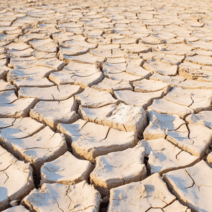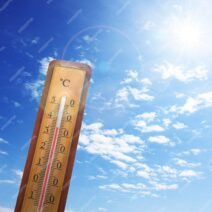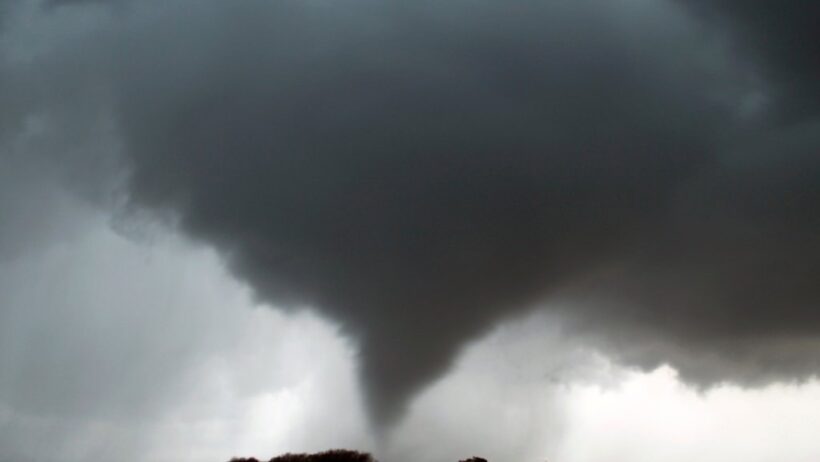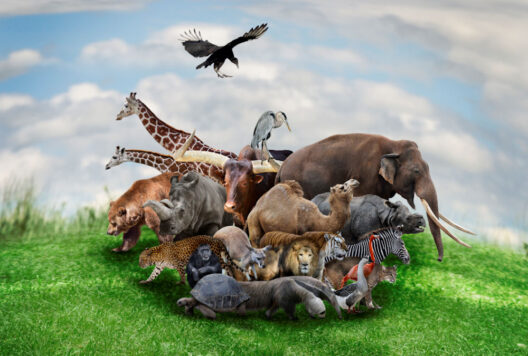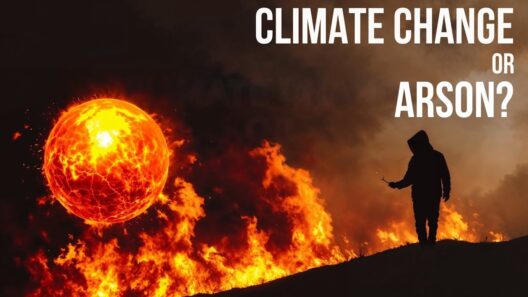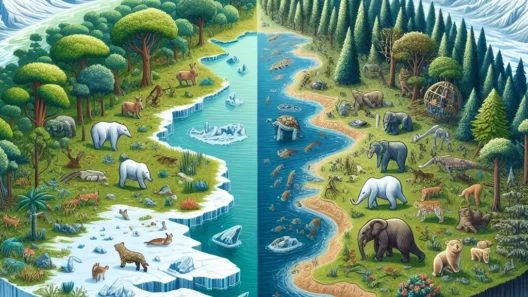As the planet continues to warm, a seemingly paradoxical phenomenon is emerging: an increase in extreme cold weather events in various regions. This contradiction prompts an exploration into the dynamics of climate change, challenging our conventional understanding and encouraging a fresh perspective on the implications of global warming. Can warmer global temperatures somehow correlate with frigid conditions in certain areas? The answer lies in the complexities of climate systems and the interconnectedness of atmospheric patterns.
To comprehend this paradox, it is essential to delve into the core principle of climate systems’ behavior. The climate is not static; it is a dynamic entity influenced by myriad factors, including ocean currents, atmospheric circulation patterns, and geographic variances. Global warming, primarily a result of human-induced emissions of greenhouse gases, is altering these interactions in unprecedented ways. The warming of the planet does not uniformly affect all regions; instead, it can lead to extreme weather patterns that create both heat waves and cold spells.
One of the most talked-about phenomena related to this paradox is the impact of polar vortex disruptions. The polar vortex, a large area of low pressure and cold air surrounding the poles, typically keeps the frigid air confined to the Arctic regions. However, as the Arctic warms—at a rate twice that of the global average—this stability can be compromised. A weakened polar vortex may result in the cold air spilling southward into mid-latitude regions, creating unseasonably frigid temperatures in areas that are not typically accustomed to extreme cold.
This dynamic was vividly illustrated during the severe winter storms that plagued parts of the United States in recent years. Frigid temperatures, lasting deep into the winter months, captivated media attention and prompted questions about the relationship between these cold spells and the overall trend of global warming. Many people associate climate change solely with rising temperatures and shifting weather patterns, neglecting that these changes can also manifest as cold extremes. This underscores the need for a nuanced understanding of climate variability.
Furthermore, it is crucial to differentiate between weather and climate. Weather represents short-term atmospheric conditions, while climate refers to long-term trends and averages. A single extreme cold event does not negate the overarching evidence of global warming; rather, it exemplifies the complexity of our climate system and its ability to produce anomalous conditions. It is a classic case of “weather whiplash,” where regions experience stark contrasts—severe cold following unusually warm weather patterns.
The link between climate change and cold extremes also extends to oceanic influences. The displacement of cold ocean waters and warming sea temperatures can shift marine ecosystems and atmospheric conditions, further complicating weather outcomes. For instance, the Atlantic Meridional Overturning Circulation, a crucial ocean current system, plays a decisive role in regulating climate in Europe and North America. If this system were to slow down due to increased freshwater influx from melting ice, it could precipitate drastic climate shifts, including harsher winters.
While the media often emphasizes rising temperatures, the reality of climate change encompasses a broader spectrum of impacts. Knowledge of this paradox invites society to rethink its response and adapt to the forthcoming challenges. Such insights should serve as a clarion call for community engagement, scientific research, and policy reform, as they reveal the intricate tapestry of climate phenomena that require collective attention.
Moreover, the Ice Age paradox invokes intriguing historical context. Earth has undergone numerous ice ages and interglacial periods, shaped by a confluence of natural factors including solar cycles, volcanic activity, and tectonic movements. Although we do not inhabit a normal glacial epoch, the principles governing these climatic shifts endure. Understanding the interstitial phases of warm and cold periods can help elucidate our current trajectory under anthropogenic pressures.
This perspective emphasizes that climate patterns do not adhere to a simple linear narrative. The complexities of climate science advocate for a recognition of anomalies, be it blistering heat or unexpected cold. Each event offers an opportunity for learning, emphasizing the importance of resilience and readiness in the face of unpredictable weather. Communities must develop adaptive strategies that address both extremes, whether it be preparing for heavier snowfall or anticipating soaring temperatures.
Furthermore, the science of attribution comes into play here. As researchers analyze extreme weather events, they increasingly employ techniques to determine the influence of climate change on these occurrences. Studies often show that global warming heightens the probability and intensity of such extremes. Thus, recognizing the connection between global warming and extreme cold events is crucial for effective discourse on climate action. Failing to appreciate this link can lead to complacency and an incomplete understanding of the risks posed by climate change.
Ultimately, the Ice Age paradox serves as an important reminder of the complexities of our planet’s climate system. It beckons for a shift in perspective—one that embraces the full spectrum of climate phenomena and advocates for informed dialogue. Knowledge of how global warming can intertwine with cold extremes should galvanize action and foster a deeper commitment to tackling the climate crisis. It is incumbent upon us to synthesize these insights into robust policies and community strategies that promote resilience and sustainability.
In summation, the nexus of global warming and extreme cold illustrates that our relationship with climate change is multifaceted and ever-evolving. Rather than viewing these events as isolated incidents, a holistic approach to understanding their interconnections will equip us to better navigate the challenges ahead. Engaging with this paradox fosters awareness, stimulating curiosity and action as society endeavors to evolve in the face of our changing planet.
